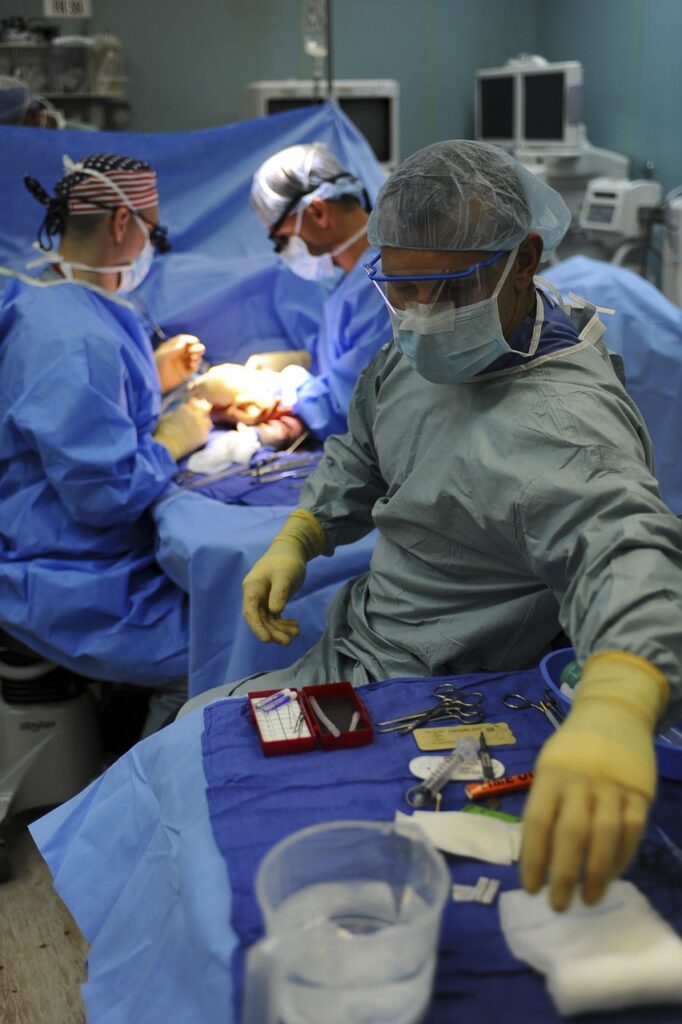Literally split lip and palate. More commonly known as cleft lip, it is a congenital malformation that presents with an interruption involving (in combination or individually) the upper lip, the gums and the palate. Bambino Gesù is developing the use of stem cells for the engineered reconstruction of the palate. About 600 children with cleft lip and palate are born every year in Italy, a fifth of whom are followed up by the Holy See Hospital. An Open Day was held on Saturday 24 June at the “San Paolo Fuori le Mura” headquarters in which many families took part.
The Cleft Lip and Palate
Cleft lip and palate is the most common congenital anomaly of the skull and face: 1 in 700 children suffer from it in Europe. It is characterized by direct communication between the nose and the mouth. In most cases the cleft lip and palate is unilateral (right or left) and in one third of cases it is bilateral. The causes of cleft lip are unknown. It is believed that they are multifactorial, meaning that it can be traced back to a combination of genetic and environmental factors.
In the event of a complete cleft lip and palate, the surgical protocol of Bambino Gesù provides for a single surgery at the age of 6 months in which the lip, nose, anterior palate (hard) and posterior palate (soft) are reconstructed. Every year about 120 new cases and as many young patients who have started treatment in other hospitals are treated at Bambino Gesù. This is the largest national case study. 64% of new cases come from outside the region. Currently, over 2,000 children and young people affected by the malformation are being followed up.
The Engineered Palate
The hospital researchers are developing the use of autologus (i.e. the patient’s) stem cells for the reconstruction of the hard palate. Currently the reconstructive surgery is performed using a tibial periosteal graft surgically taken from the patient’s tibia. With the new technique, however, the hard palate would be created by growing the patient’s stem cells on a special support (scaffold). Once the palate is created, it would then be implanted.
The advantages of the new technique are many. First of all, it would avoid taking the tissue necessary for the reconstruction of the palate from another part of the body. The palate thus created would then be perfectly compatible, i.e. with no impact from an immunogenic point of view. The experimentation has already passed the in vitro phase and work is currently underway for the next phase. The results of the in vitro experimentation have been published by the scientific journal Scientific Reports.
The Open Day and The Relationship with Families
In cleft lip and palate the aesthetic-functional and psychological impact is strong, the therapeutic process is very demanding, lasts 18-20 years and, in more complex situations, is characterized by a long series of surgical operations. For this reason it is important that families and patients are supported and accompanied from prenatal diagnosis to the end of treatment at a single referral Center and by a team of specialists – from plastic surgeons to psychologists – who deal with every aspect of the pathology.
“Thanks to medical progress, today a child born with cleft lip and palate almost always achieves an excellent quality of life – explains Dr. Mario Zama, head of the complex operating unit of plastic and maxillofacial surgery of Bambino Gesù – For some of them, however, even the small scar that remains between the lip and the nose is a constant reminder of the disease and what is entailed. As if they never fully healed. For this reason, the relationship with families and the work done by parental associations is fundamental. It is the most effective way to not make them feel alone, to testify that they are part of a larger step family in which everyone shares the same life experience“.
The fourth edition of the Open Day promoted by the BA.BI.S. association was held on Saturday 24 June, together with the Center for Craniofacial Malformations of Bambino Gesù. The appointment finally returns live after the forced break due to the Covid-19 pandemic. BA.BI.S. “La Banda dei Bimbi Speciali” (The Band of Special Children) is a parents’ association accredited by Bambino Gesù which welcomes families and adult patients and is an important point of reference for younger patients.
The participation of families in last Saturday’s appointment at the Saint Peter’s office was great, in which free medical consultations in the mini-boxes set up for the occasion alternated with scientific insights, discussions between families, associations, doctors, nurses, narration of the experiences of parents, siblings and former patients.








